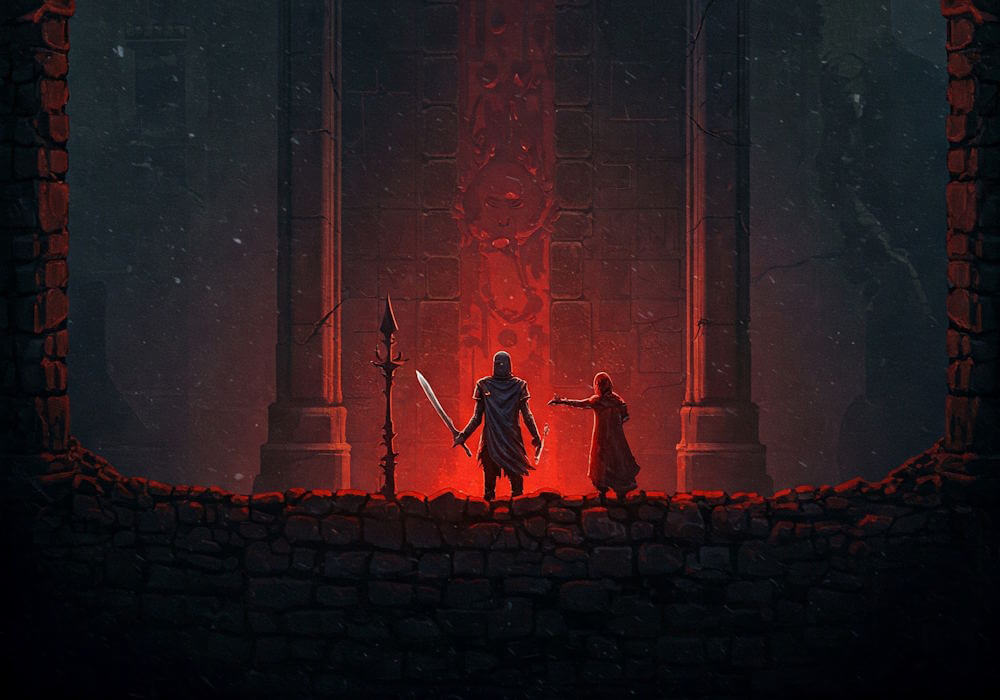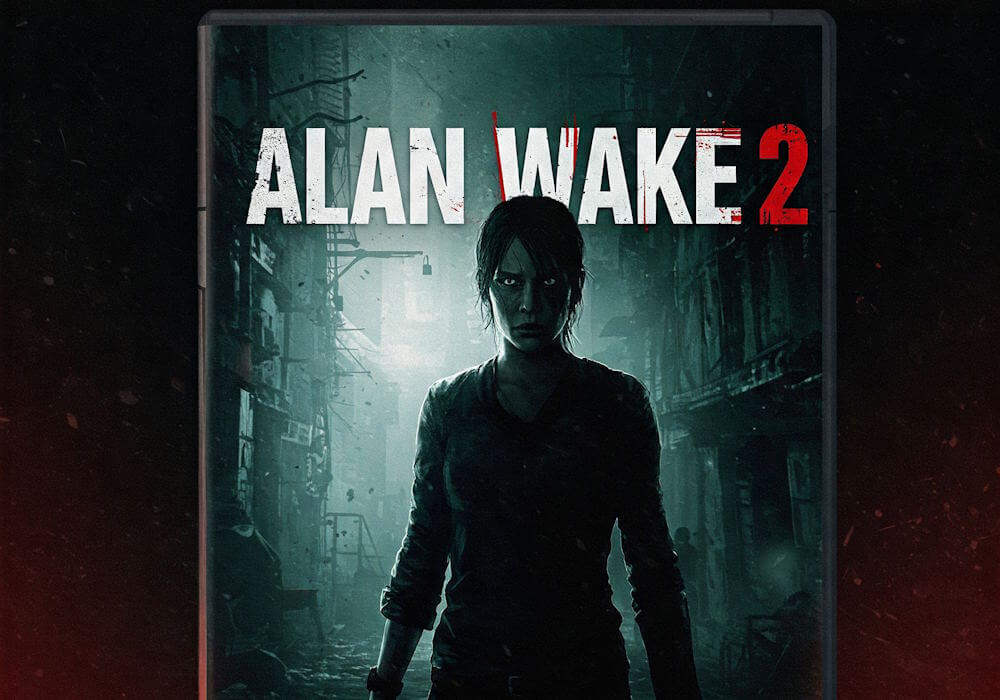Hades, developed by Supergiant Games, is a significant entry in the roguelike genre that has garnered widespread acclaim since its inception. Initially released in early access in December 2018, the game was meticulously refined over several years, benefiting from community feedback, which played a pivotal role in its development process. By September 2020, Hades launched in its full and definitive form, introducing players to an engaging narrative intertwined with compelling gameplay mechanics.
Set in the mythological underworld, Hades offers players a unique perspective by placing them in the role of Zagreus, the son of Hades. As players navigate through procedurally generated levels, they encounter various characters from Greek mythology, each contributing to an enriching narrative tapestry that unfolds with each run. This character-driven storytelling is a hallmark of Supergiant Games, known for their previous titles like Bastion and Transistor, where narrative depth complements gameplay.
The game’s roguelike elements, characterized by permadeath and procedural generation, provide a fresh experience with each attempt to escape the underworld. Players collect a variety of boons and upgrades from the gods of Olympus, allowing them to customize their abilities and playstyle. This layer of strategy ensures that no two runs feel the same, enhancing replayability and player engagement with the game’s systems.
Hades stands out not only for its innovative mechanics but also for its artistic presentation and striking soundtrack, which complements the vibrant visuals and engrosses players in the experience. The seamless integration of gameplay, narrative, and aesthetics has contributed significantly to Hades’ status as a standout title in the gaming community, setting new standards for future titles within the roguelike genre.
The Mechanics of Roguelikes
Roguelikes are a distinct genre of video games that are characterized by several defining mechanics, which blend to create a uniquely challenging and replayable experience. Central to these games is the concept of permadeath, a mechanic whereby a player’s character dies permanently upon defeat. This feature compels players to consider their strategies carefully, as each decision can lead to dire consequences, reinforcing an atmosphere of tension and urgency. As a result, choices made during gameplay become critical, encouraging players to adapt and learn from their mistakes with each attempt.
Another pivotal mechanic is procedural generation, which involves the use of algorithms to create level layouts, enemy placements, and item distributions dynamically. This variability ensures that no two playthroughs are ever the same, as each run can present different challenges and surprises. The unpredictability of procedural generation enriches the experience by continually engaging players and preventing monotony. This element plays a significant role in maintaining interest across multiple sessions, as players are always confronted with new environments and obstacles to overcome.
Dungeon crawling, a core activity within roguelikes, typically involves navigating through levels filled with monsters, treasures, and traps. Players must explore these intricate mazes, strategizing their movements while balancing risk and reward. The thrill of unearthing hidden treasures or encountering formidable foes adds to the excitement of the gameplay. The blend of permadeath, procedural generation, and dungeon crawling mechanics creates a format that challenges players to push their limits, enhancing the overall intensity of the gaming experience. Understanding these fundamental elements provides the groundwork for exploring how Hades innovates within these established frameworks, effectively redefining what a roguelike can be.
Narrative Innovation and Character Development
The narrative structure of Hades stands as a significant departure from traditional storytelling within the roguelike genre. Unlike typical titles where the plot may feel secondary to gameplay mechanics, Hades seamlessly intertwines its story with the core gameplay, enhancing the overall player experience. At the heart of this innovative approach is the protagonist, Zagreus, the son of Hades, who embarks on a journey to escape the Underworld. As players advance through the game, they encounter a rich tapestry of characters, each contributing uniquely to the overarching narrative.
The complexity of character development is one of the game’s standout features. Characters such as Hades himself, along with other gods like Zeus and Athena, are not merely static figures in a background narrative; rather, they evolve through dynamic interactions with Zagreus. These interactions manifest through branching dialogue options and various encounters, allowing players to forge connections that deepen their emotional investment in the characters. For instance, Zagreus’s conversations with his father reveal layers of family conflict and personal ambition, while his interactions with other mythical beings further enrich the story.
Moreover, the use of the ‘boon’ system serves a dual purpose: it not only provides gameplay advantages but also facilitates character relationships. Each boon represents a gift from a specific god, and in receiving these gifts, players engage in meaningful exchanges that enhance their understanding of the gods’ personalities and motivations. As players progress through the numerous runs, the unfolding narrative develops a rhythm, where deaths become integral to storytelling rather than a sign of failure. This unique approach allows for a compelling roguelike experience that invites players to explore the emotional depth of its characters and their narratives.
Art and Design Aesthetic
Hades, developed by Supergiant Games, presents a captivating artistic style that is deeply rooted in the rich tapestry of Ancient Greek mythology. The game employs a vibrant color palette and a distinctive visual aesthetic that not only captures the essence of the mythological underworld but also reinforces the thematic elements of its narrative. The character designs are particularly noteworthy; each character is not only visually appealing but also imbued with personality and backstory, contributing to the game’s overall narrative depth.
The game’s environments are crafted with meticulous attention to detail. The various regions of the Underworld, such as Tartarus, Asphodel, and Elysium, are visually distinct, offering players a feast for the senses. The art direction ensures that each area feels alive and engages players, enhancing their immersion in the world. The integration of dynamic visual effects during combat further intensifies the experience, conveying the chaos and energy inherent in the roguelike genre.
Moreover, the orchestrated music, combined with the art design, creates a cohesive atmosphere that elevates gameplay beyond mere mechanics. For instance, the character animations are fluid, showcasing the unique abilities and personalities of each protagonist and antagonist. This artistry plays a crucial role in immersing players in the narrative, making them feel like active participants in the unfolding story rather than mere observers.
In essence, Hades stands out not only as a roguelike game due to its innovative gameplay mechanics but also because of its compelling art and design. The attention given to the visual aesthetics enriches player engagement and solidifies Hades as a significant title in both the gaming and artistic communities. This combination of artistry and gameplay has set a new standard for the genre, showcasing how visual design can profoundly influence player experience.
Combat System and Variety of Builds
One of the standout features of Hades is its highly dynamic combat system, which is not only engaging but also steeped in strategic depth. Players can select from a diverse array of weapons, including the Stygian Blade, Twin Fists of Malphon, and the Corrupted Bow, each offering unique play styles and combat mechanics. This extensive weapon variety allows players to tailor their approach based on their preferences, paving the way for countless gameplay experiences. Furthermore, each weapon can be augmented with different aspects, each providing a unique set of attributes that encourages experimentation and adaptation.
In addition to weapon selection, Hades features an intriguing layer of personalization through divine boons. As players navigate the chambers of the Underworld, they encounter various Olympian gods who bestow special abilities. These boons can enhance attacks, provide defensive options, or even modify movement for an entirely new offensive strategy. The synergy between chosen weapons and acquired boons fosters a rich tapestry of builds, enabling players to devise personalized tactics that suit their combat preferences.
The strategic choices afforded by the combat system significantly contribute to the game’s replayability. Players may wish to experiment with different combinations of weapons and boons, leading to varied encounters and challenges during each run. Moreover, adapting one’s strategy in response to the evolving threats within Hades‘ ever-changing environment reinforces the game’s engagement factor. The combat mechanics encourage not just skillful execution but also thoughtful decision-making as players navigate the intricacies of each encounter. This balance between strategy and skill underscores why Hades is celebrated as a redefining title in the roguelike genre.
Balancing Difficulty and Accessibility
One of the standout features of Hades is its remarkable ability to balance difficulty with accessibility, making it appealing to a diverse range of players. This is particularly significant within the roguelike genre, which often relies on challenging gameplay that can deter less experienced players. Hades has skillfully crafted a difficulty curve that allows both newcomers and seasoned gamers to enjoy a fulfilling experience. The game introduces players gradually to its mechanics, ensuring that they feel a sense of achievement even in the early stages.
Players are presented with an array of options that cater to varying skill levels. For instance, the game offers the “God Mode,” which provides incremental damage reduction after each death, allowing players to progress without overly punishing setbacks. This feature empowers those who might otherwise find the traditional roguelike structure intimidating. Additionally, the inclusion of different weapon types and upgrades enables players to customize their playstyle according to their preferences and abilities. This flexibility ensures that each run can feel unique, accommodating both casual players seeking enjoyment and hardcore players pursuing mastery.
The game’s environment and story progression further enhance the accessibility aspect. Characters offer upgrades and assistance tailored to the player’s current performance level. These minor adjustments contribute to maintaining engagement without sacrificing the thrilling sense of danger that defines the genre. Hades respects its players’ time, allowing them to experiment and learn from their shortcomings. As a result, the game fosters a compelling feedback loop where attempts might initially seem daunting, yet progress remains achievable. This clever design choice not only enhances individual gameplay experiences but also amplifies the mass appeal of Hades, making it a landmark title in the dynamically evolving world of roguelikes.
Critical Reception and Awards
Upon its release in September 2020, Hades received widespread acclaim from both critics and players, quickly establishing itself as a standout title in the roguelike genre. Its innovative approach to gameplay, combined with a compelling narrative and stunning art design, led to remarkable reviews across various gaming platforms. Major publications such as IGN and GameSpot awarded the game high scores, often highlighting its engaging combat mechanics and deep character development.
Critics praised the game’s unique blend of action and storytelling, noting how it intertwines Greek mythology with dynamic gameplay experiences. Players appreciated the ability to customize their weapons and abilities, which added an extra layer of strategy to each run. The game’s narration, featuring the voice of several talented actors, provided an immersive experience that resonated with the audience, enhancing their overall engagement.
In addition to critical acclaim, Hades garnered numerous awards and nominations, solidifying its status in the gaming community. At the 2021 BAFTA Games Awards, Hades was recognized with several honors, including Best Game and Best Game Design. Additionally, the game received the coveted title of Game of the Year from various renowned gaming organizations and publications, underlining its impact on the genre. The awards won by Hades are not merely accolades but rather a reflection of the game’s ability to set a new benchmark for future roguelike titles.
The positive reception of Hades has reverberated throughout the industry, inspiring developers to experiment with narrative-driven gameplay mechanics within the roguelike framework. As a result, Hades not only stands as a high watermark for future games but also redefined expectations for what a roguelike experience can encompass.
Community and Modding Scene
The community surrounding Hades has played a pivotal role in shaping the longevity and enjoyment of the game. Since its launch, players have engaged in a plethora of activities that extend beyond the standard gameplay experience, fostering a deep sense of connection among fans. One of the most prominent aspects of this community is the creation of fan art. Artists from around the world have expressed their admiration for the game’s characters and lore through stunning illustrations and animations, which not only celebrate the design and storytelling of Hades but also create a shared space for fans to appreciate and discuss their favorite elements.
In addition to fan art, the speedrunning community has significantly contributed to Hades’ visibility and appeal. Players have dedicated countless hours to refine their techniques, discovering optimal strategies to complete runs in record time. Competitive speedrunning events, often streamed on platforms like Twitch, have introduced audiences to the intricacies of the game, showcasing various routes, character builds, and the thrill of racing against the clock. These exhibitions not only inspire other players to experiment with their own approaches but also foster a spirit of challenge that energizes the player base.
The modding scene surrounding Hades has further enhanced the gaming experience. Though the developers at Supergiant Games created a comprehensive and engaging game, modders have taken it upon themselves to expand upon the existing content. Custom mods can range from new character skins and visual enhancements to entirely new gameplay mechanics or challenges, all of which reflect the dedication and creativity of the community. This modding culture encourages players to explore the game in innovative ways, ensuring that Hades remains a fresh experience long after its initial release.
Conclusion: The Legacy of Hades
In evaluating the impact of Hades on the roguelike genre, it is clear that this game has set a new standard, merging innovative mechanics with rich narrative and stunning visual artistry. One of the standout features of Hades is its seamless gameplay that expertly combines familiar roguelike elements, such as permadeath and procedurally generated levels, while also introducing unique character interactions and story progression. This synthesis not only enhances player engagement but also invites them back for repeated playthroughs, creating a compelling loop that is both satisfying and rewarding.
Moreover, the narrative depth of Hades distinguishes it from its predecessors in the roguelike genre. The storytelling techniques employed enrich the player’s experience, allowing them to uncover layers of character development and mythos as they progress through the game. This narrative approach fosters a sense of investment in the characters and their journeys, encouraging players to explore every facet of the game. The artistic direction further complements this narrative depth, with striking visuals and meticulously designed environments that immerse players in the ancient Greek mythos.
The success of Hades poses intriguing questions for the future of roguelikes. As the genre continues to evolve, aspiring developers are tasked with finding new ways to innovate while balancing gameplay mechanics with storytelling elements. Hades has demonstrated that integrating a strong narrative into traditional roguelike frameworks can yield extraordinary results, inviting developers to experiment and expand upon this formula. Ultimately, the legacy of Hades will inspire future games, pushing the boundaries of interactive storytelling and redefining player expectations in a genre constantly in flux.



